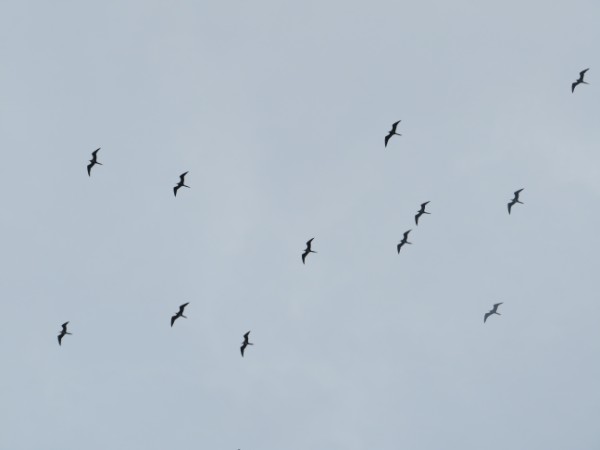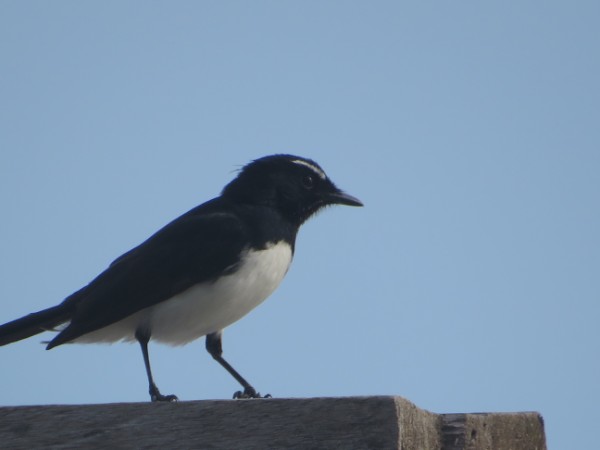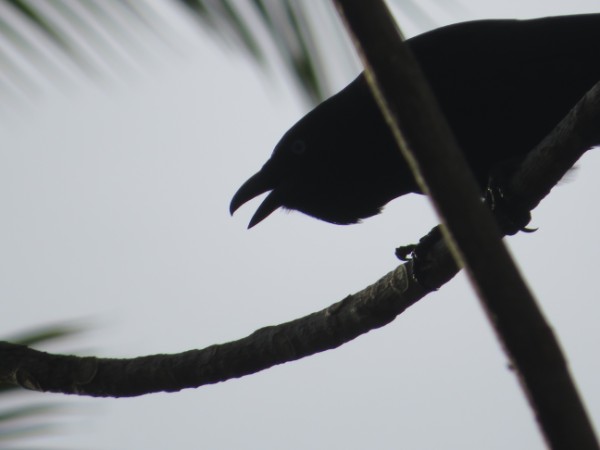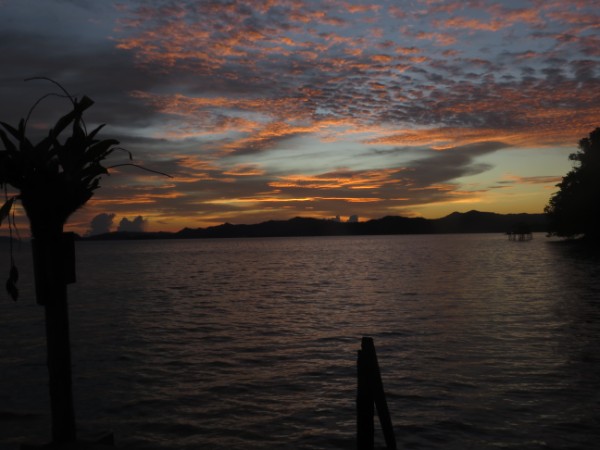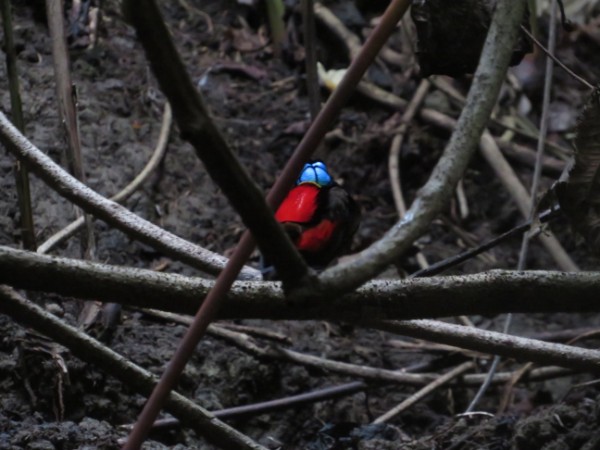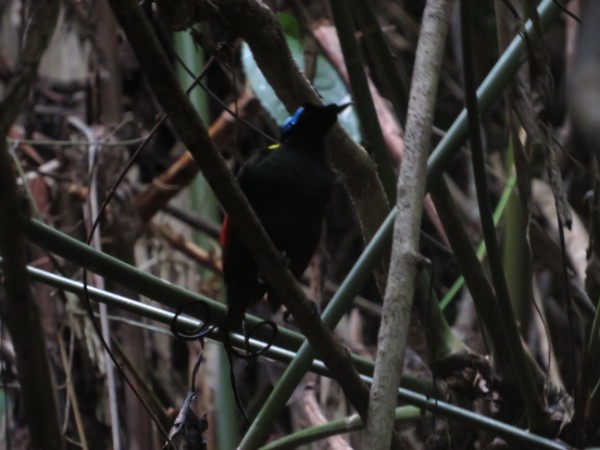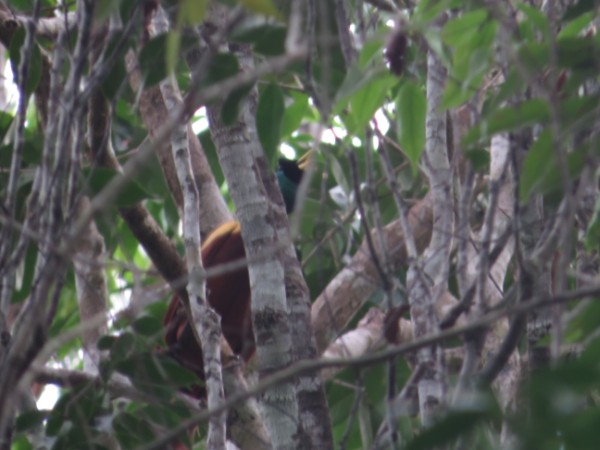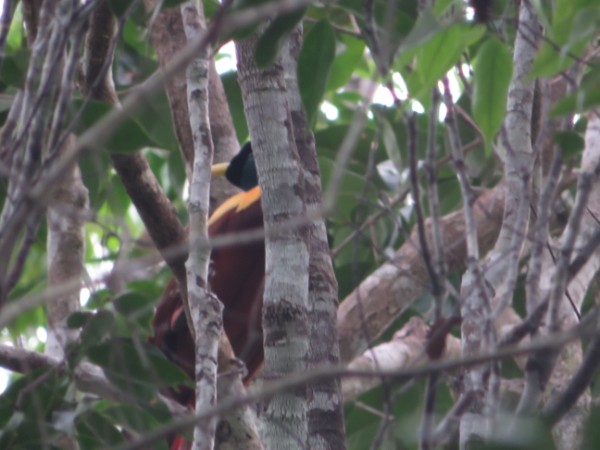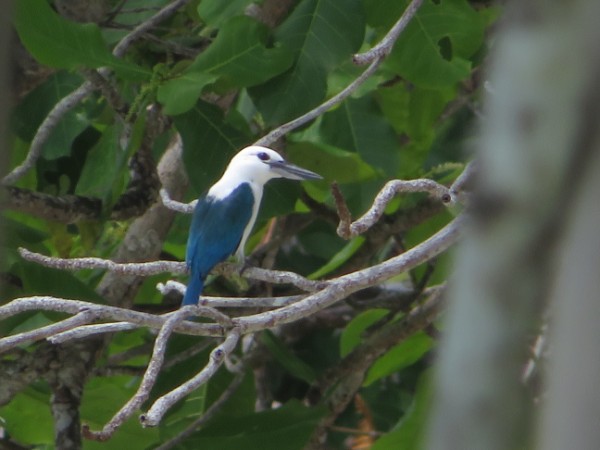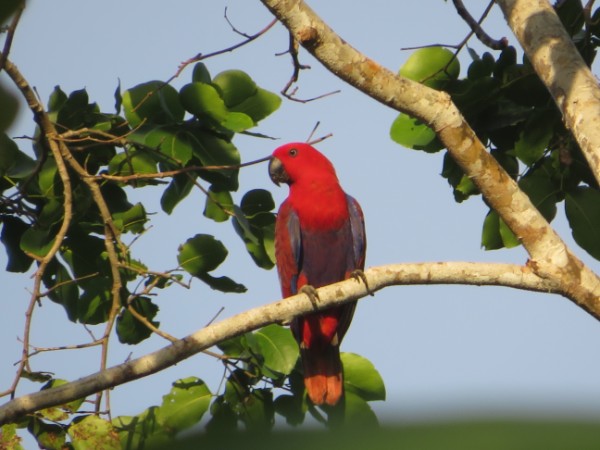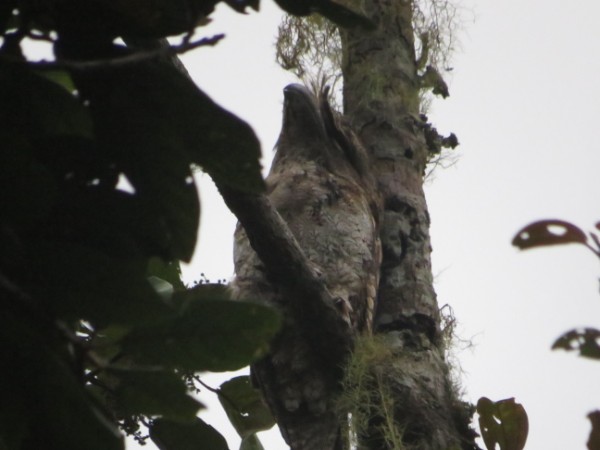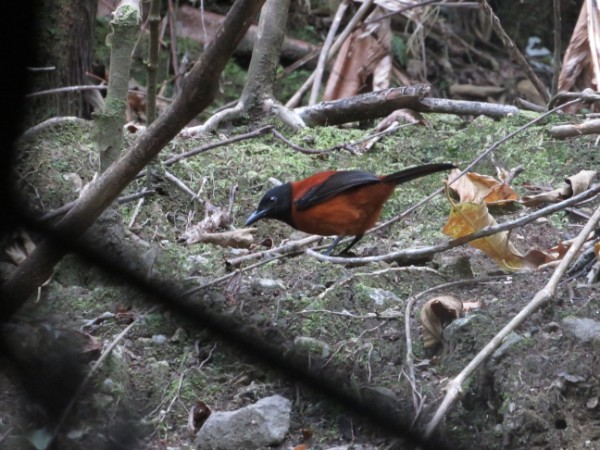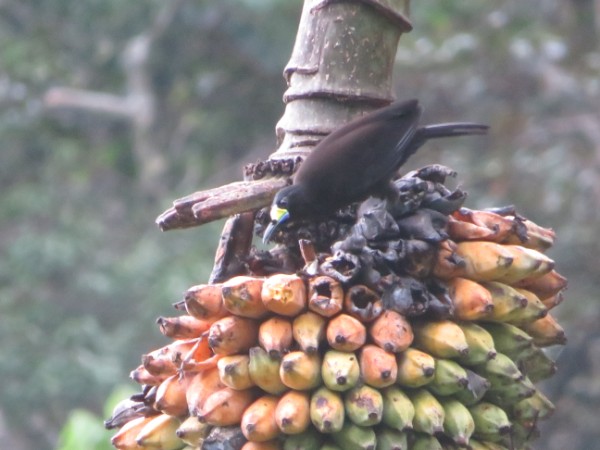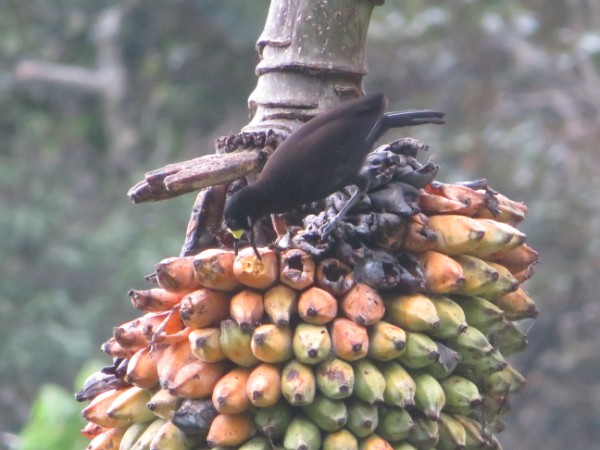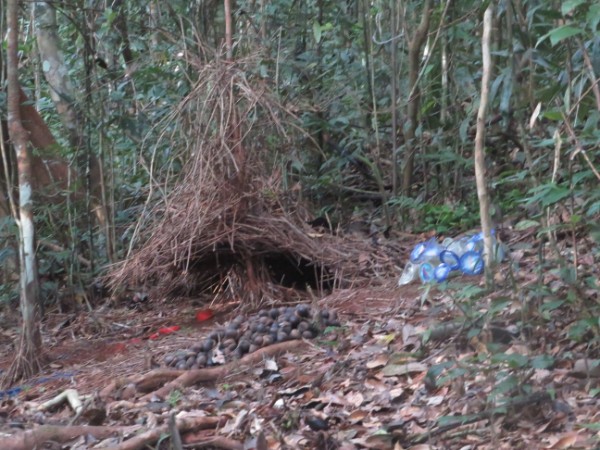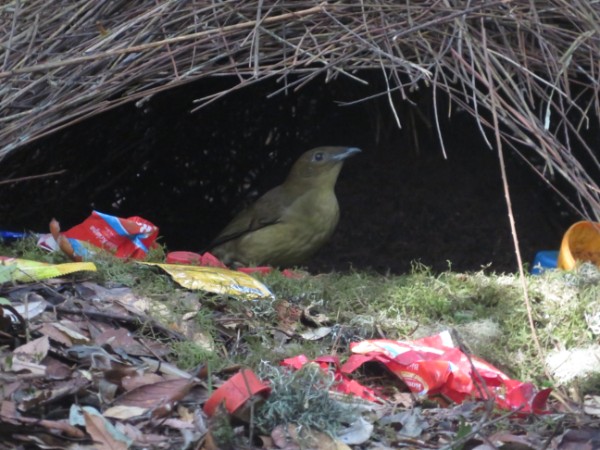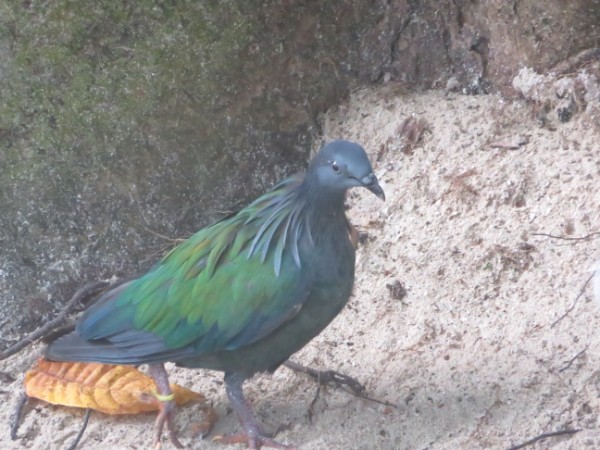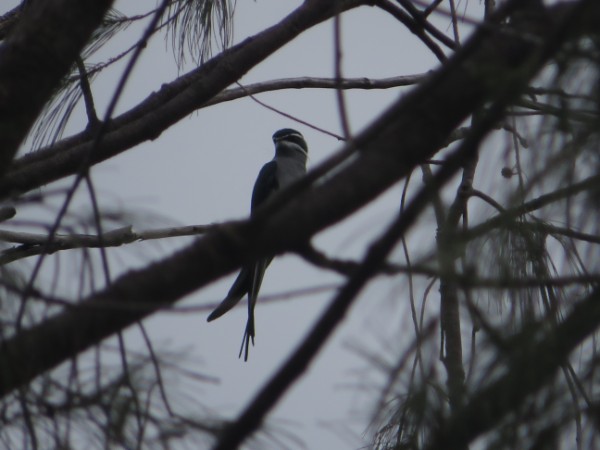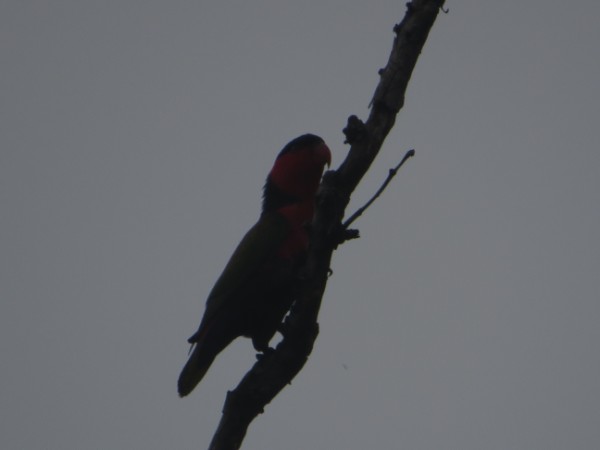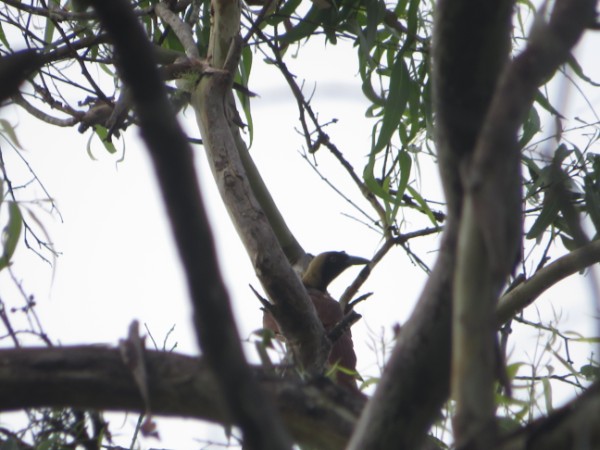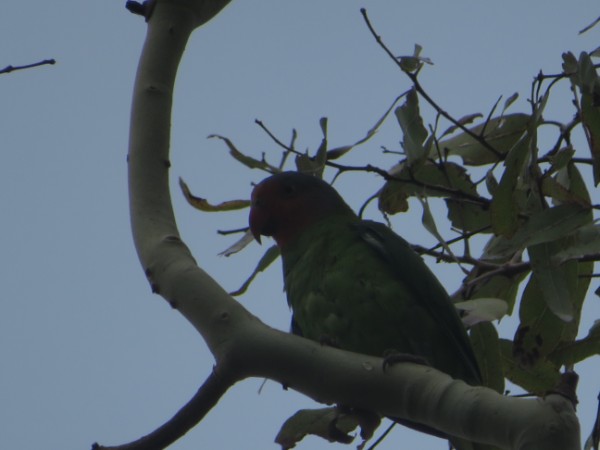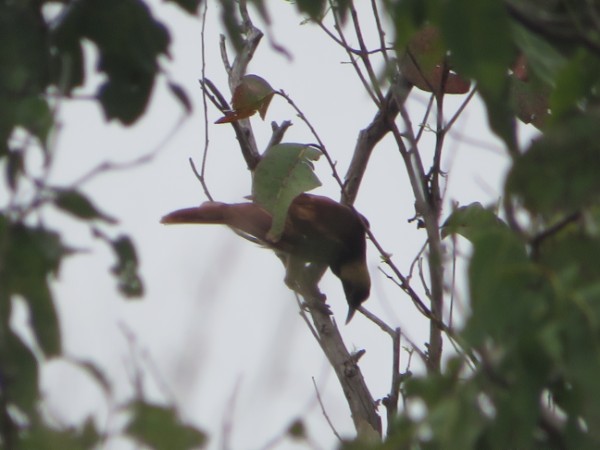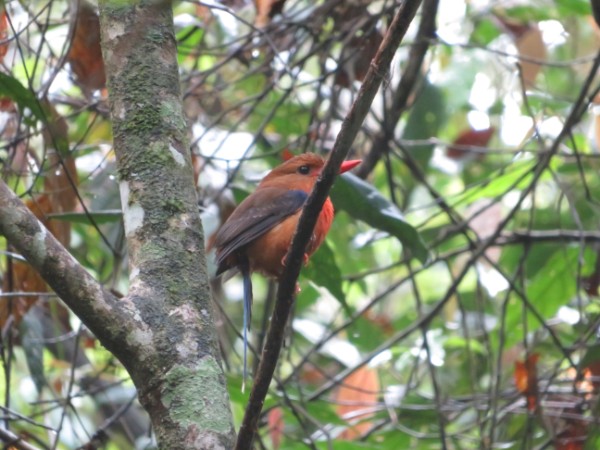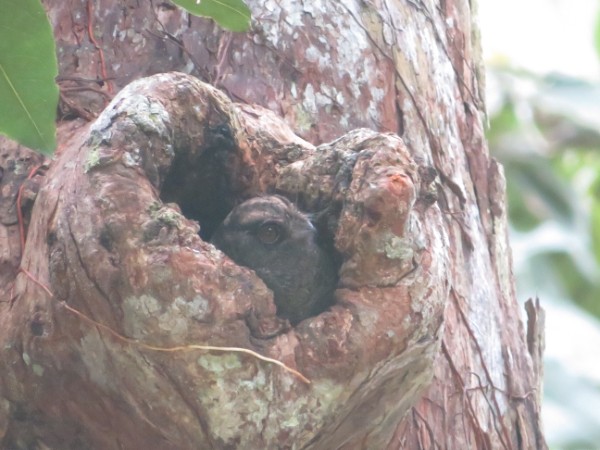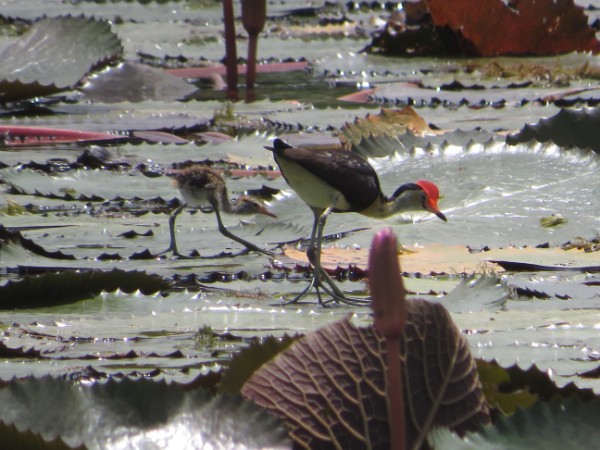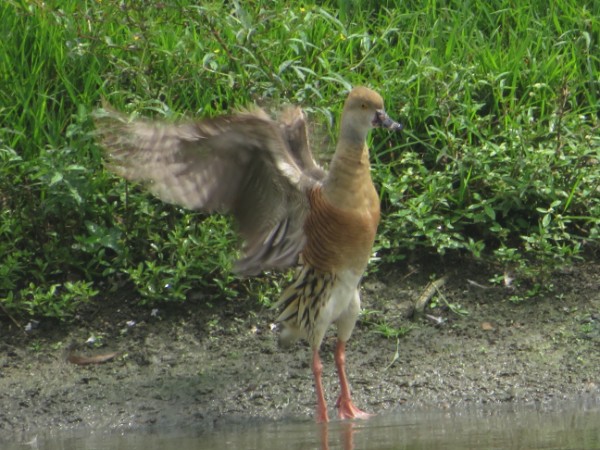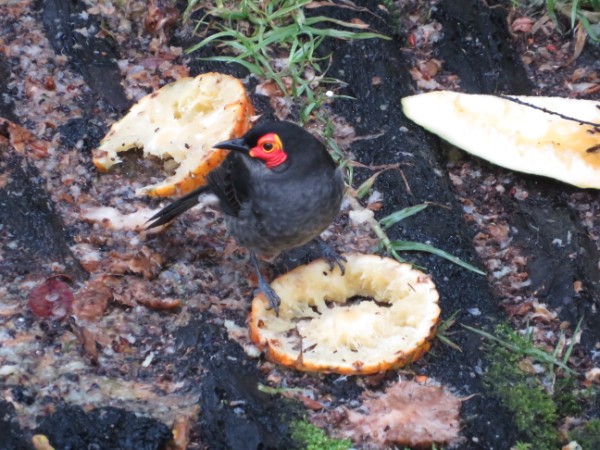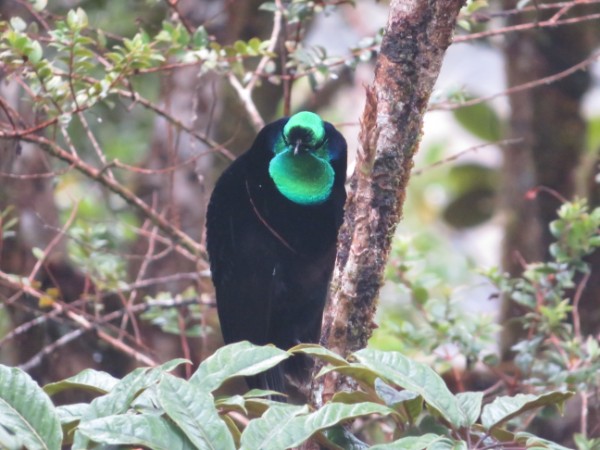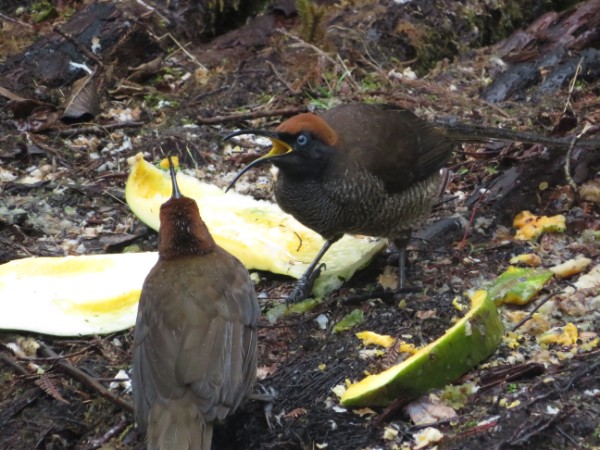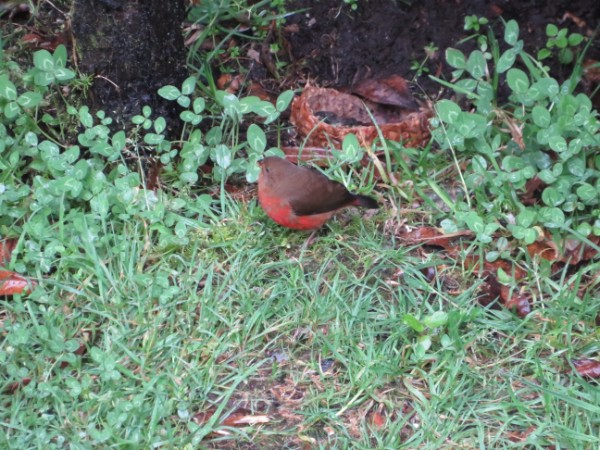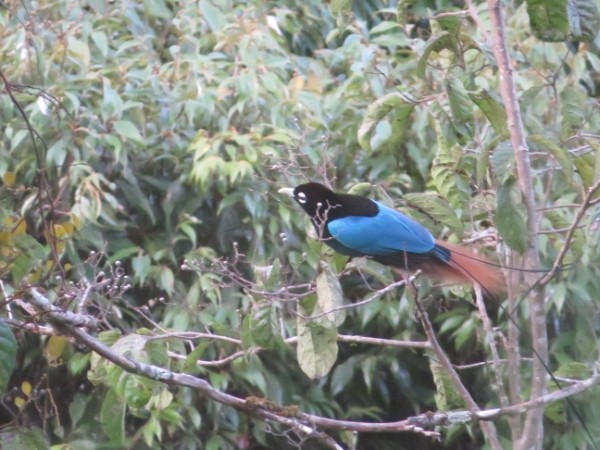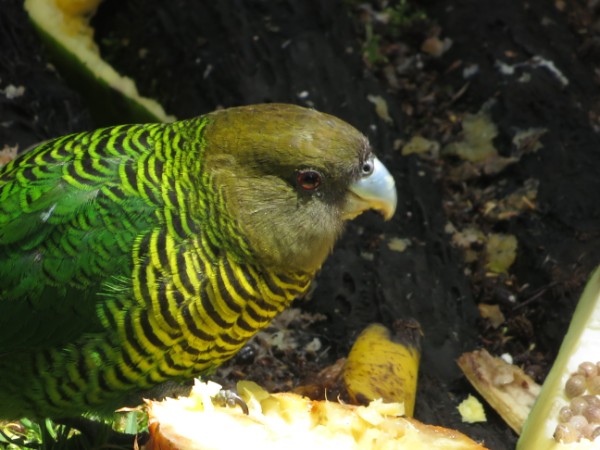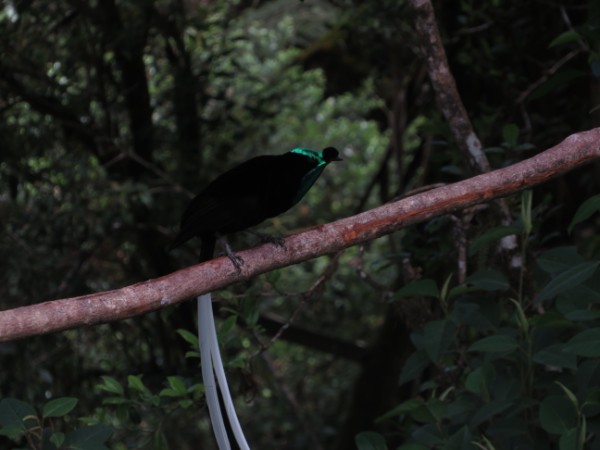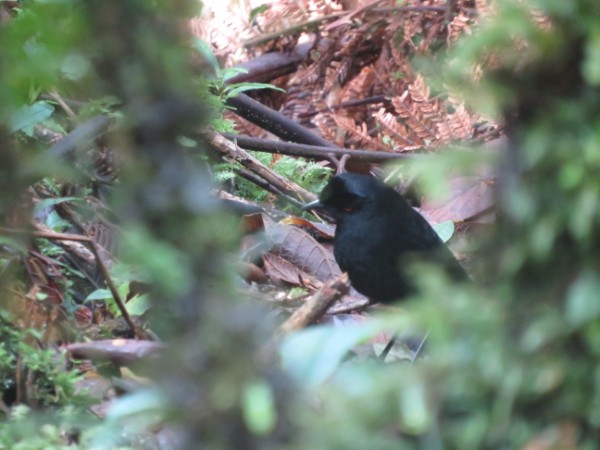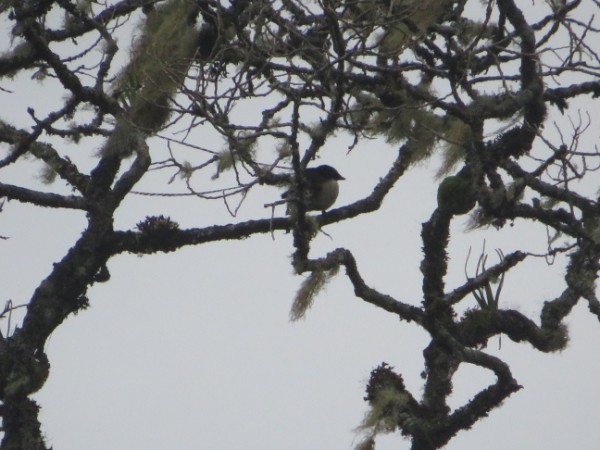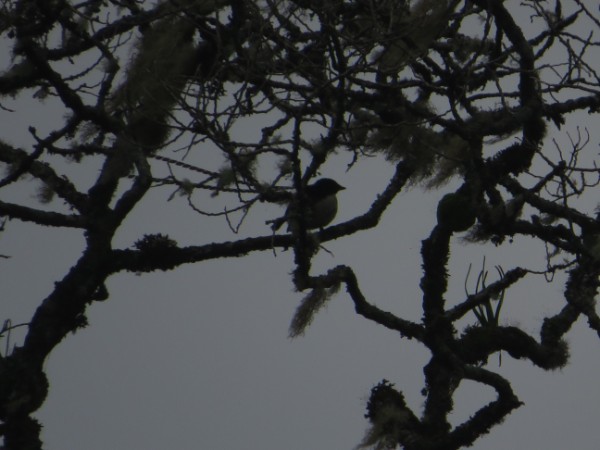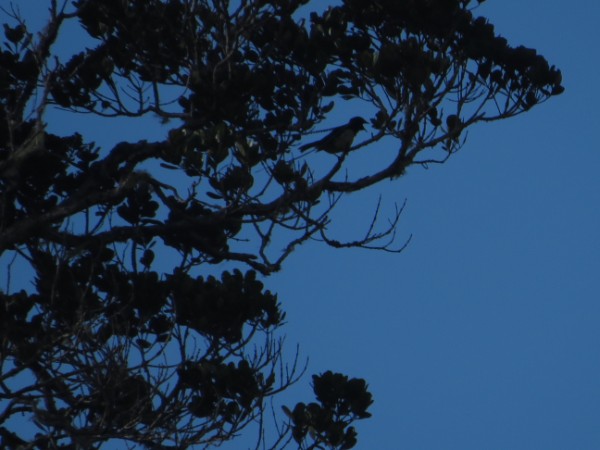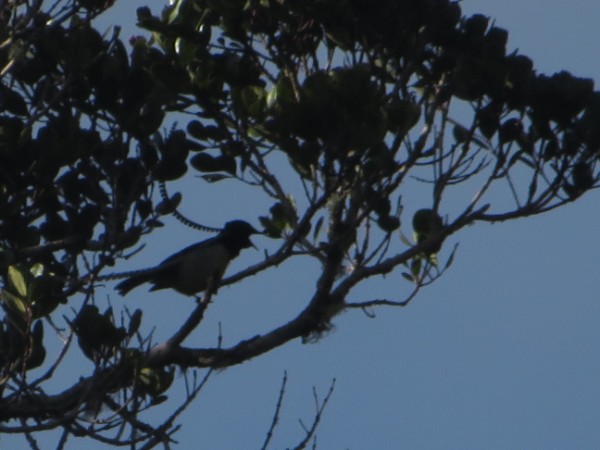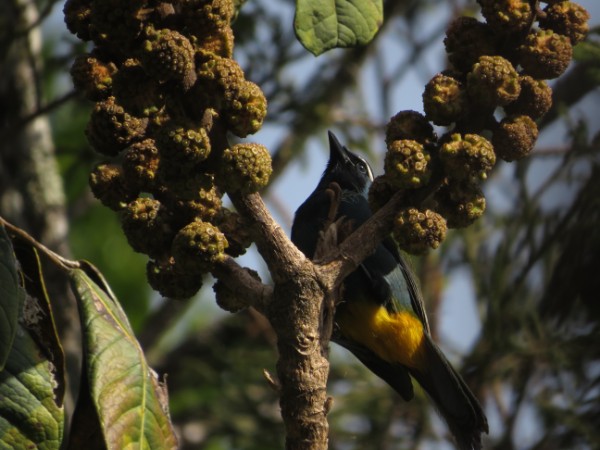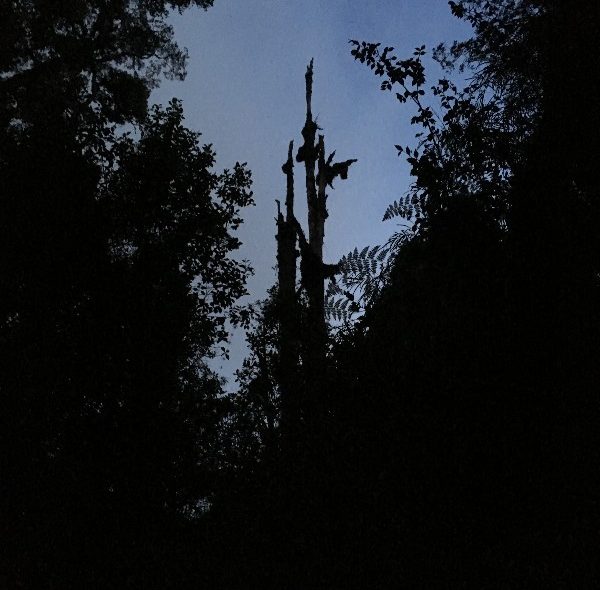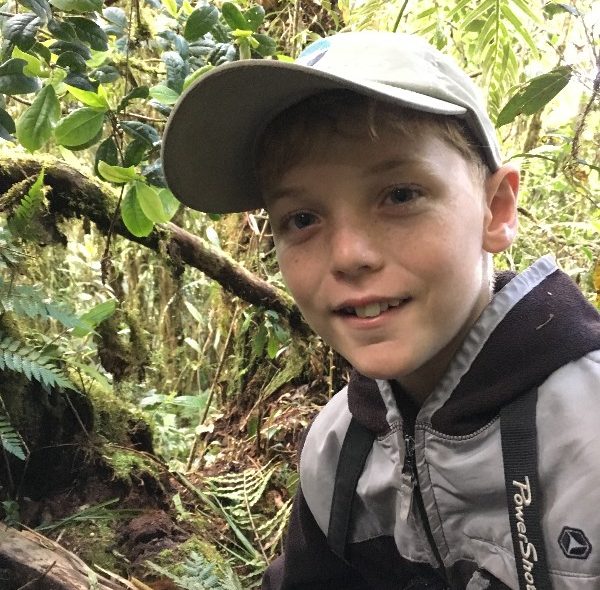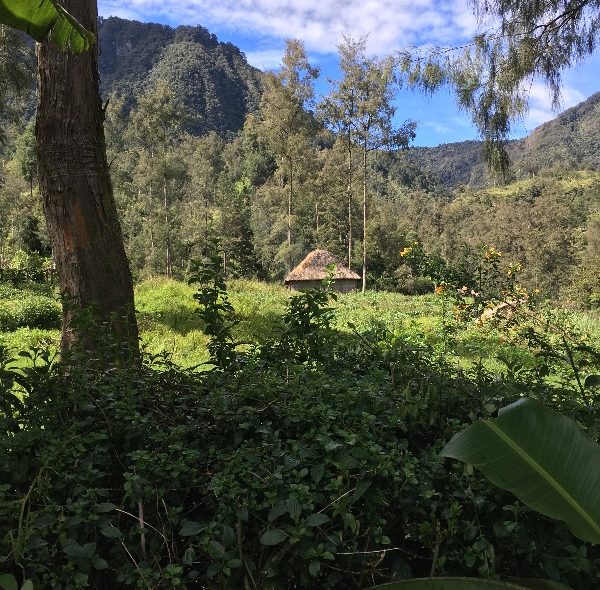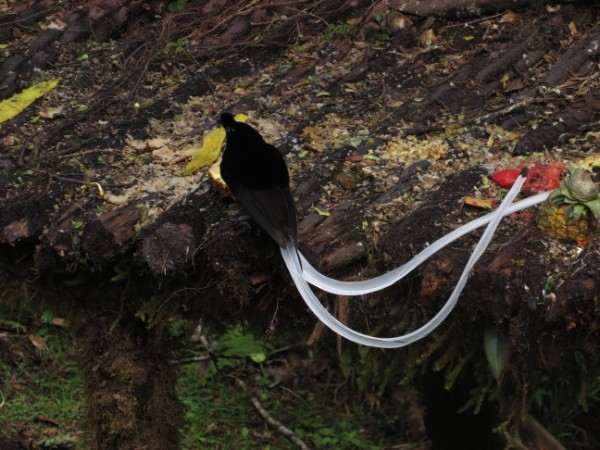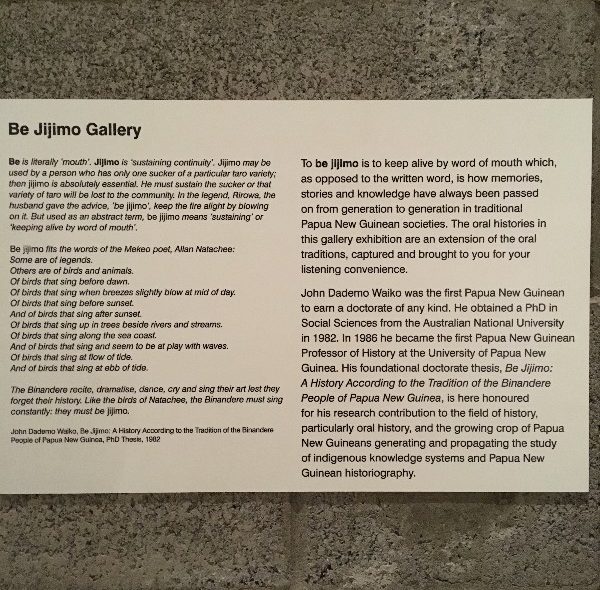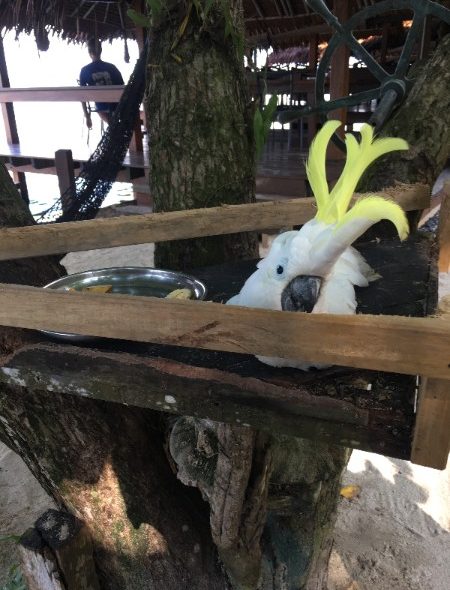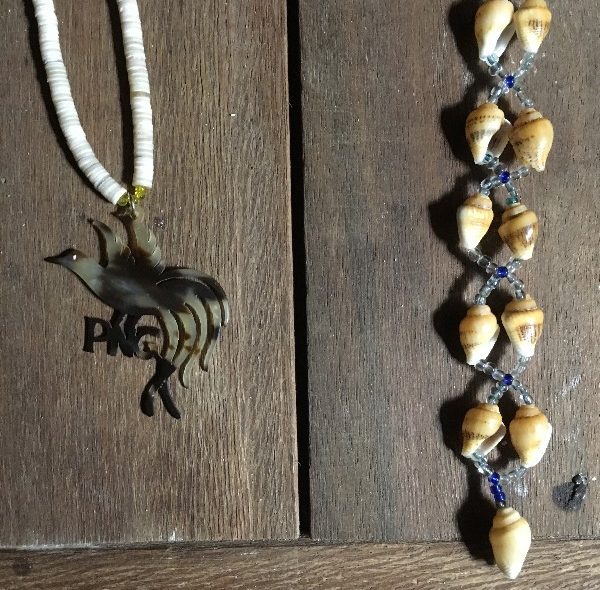To the Mangled
now we bow to the mangled
three-legged dogs
soldiers covered in scars
deckhands maimed by sharks
to those whose forms changed in an instant
bikers crushed by trucks
women falling in the shower on vacation in Cancun
boys fumbling with fireworks
to the souls who stayed whole
even after bodies were broken
after the slipped table saw blade
the faltering plastic surgeon
the heavy machinery suddenly backing
and right here
on this tropical island
to a cheerful white bird
unaccountably battered by a stick
in the rough hands of a brutal stranger
Cocky’s half the bird he was
paralyzed from the hips down now
dragging himself by his beak
blind in one eye
his legs twisted
tail covered in excrement
and still when you walk past
he calls out hopefully
“Hello, Cocky!”
and if you stop
he’ll laugh until you start, too,
or cry like a baby if you walk on
looking into his good eye
you see he’ll graciously accept
a gentle ruffle of his feathers and a kind word
and if you’ve peanuts
he’ll even tip his crest to you in thanks
his unwarranted trust
pains me every time
some souls
no matter how beat down
how twisted by fate
can’t help but continue to hope
to still cling to dignity
to make us all believe goodness still exists
to trust that despite their own suffering
there must be some joy left in the world
